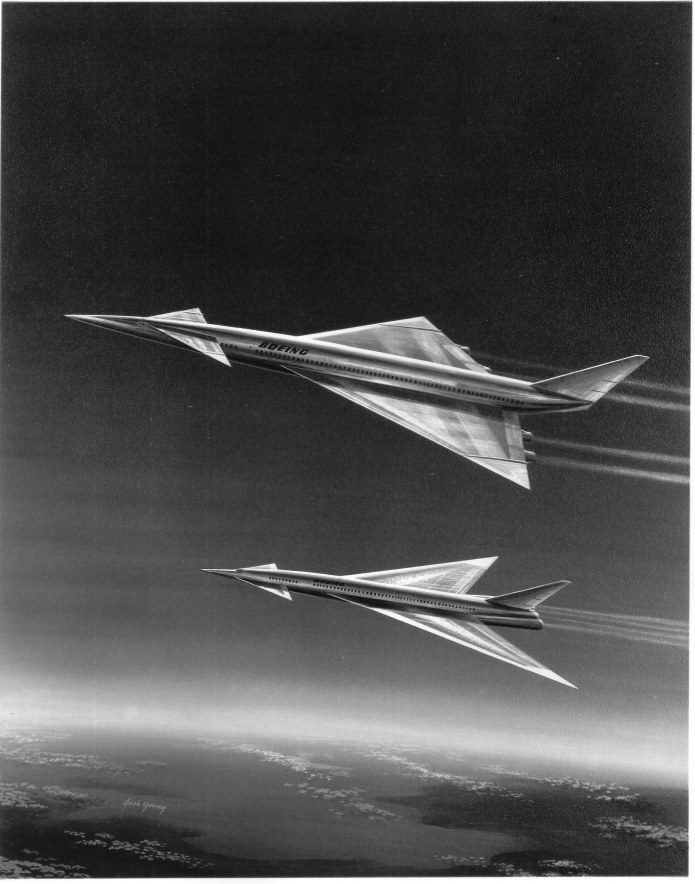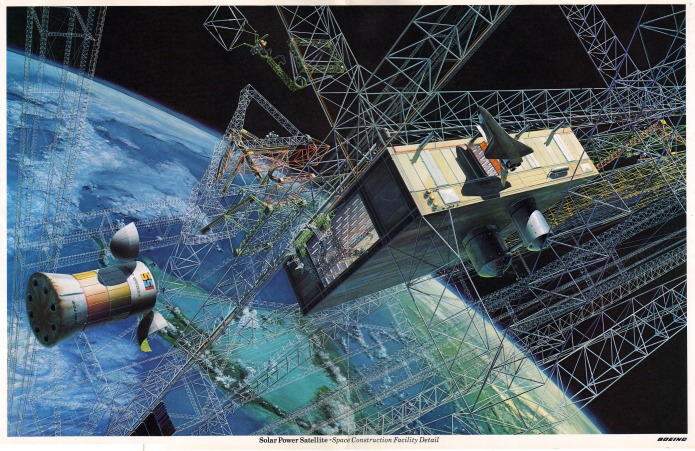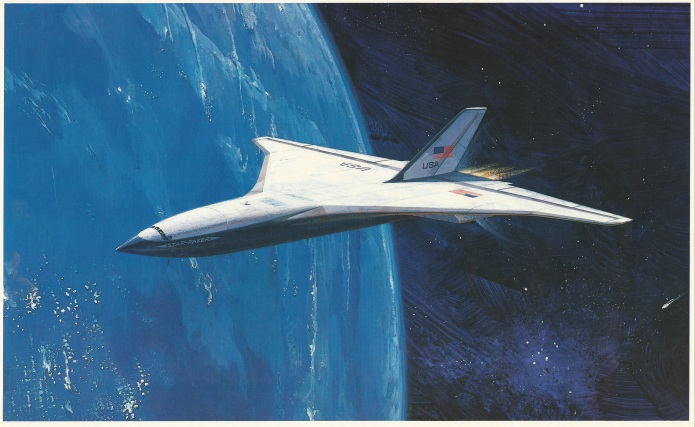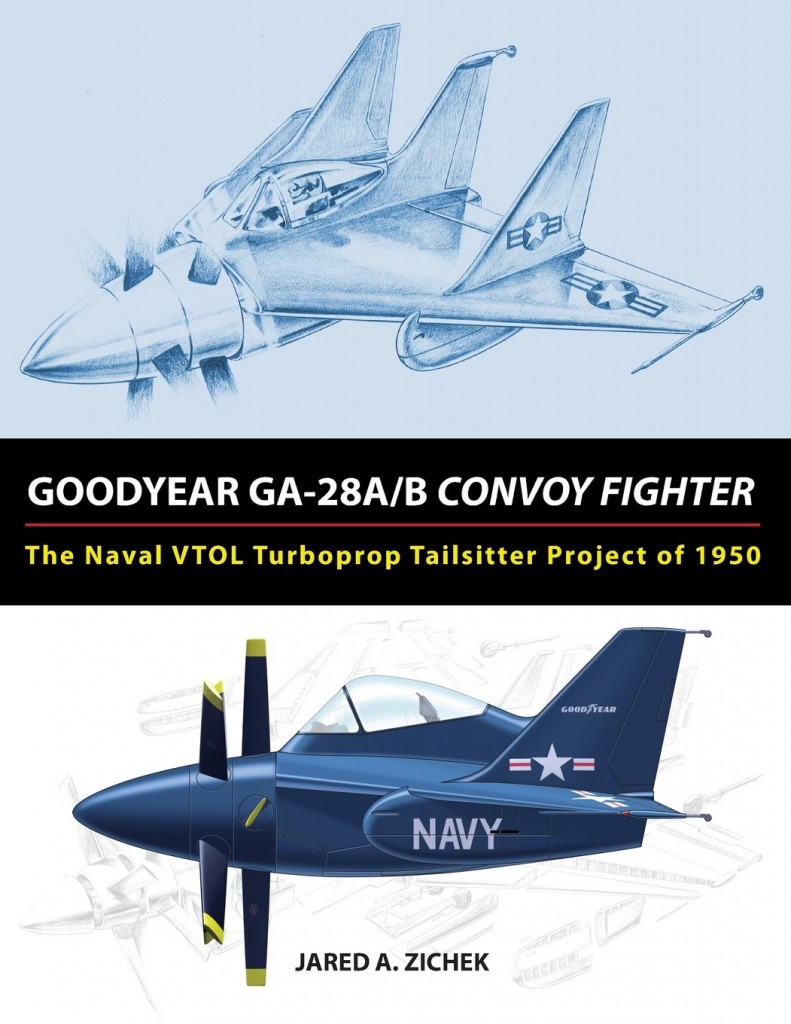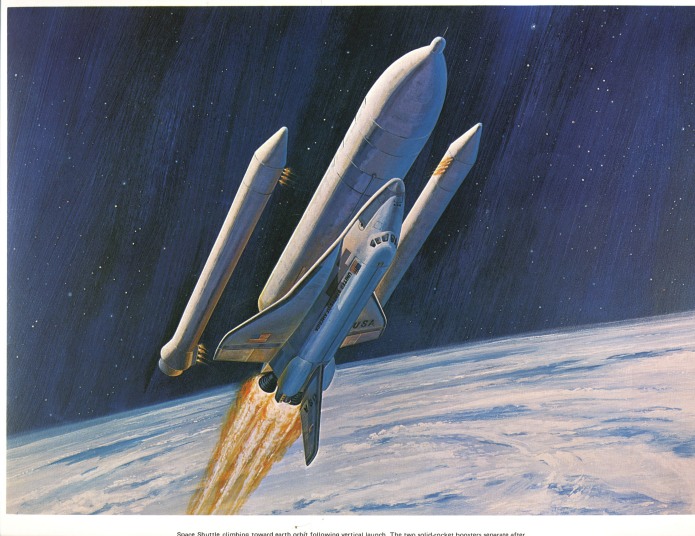Huh.
Mark, a mechanical engineering student at Michigan Tech, got blitzed, designed an airplane, then woke up with no recollection of it.
Granted, it’s of course not a complete design, but instead sketches and a bunch of math. But damn, those sketches are a lot better than some I’ve seen come out of *sober* *professional* aircraft designers. The aircraft is a wing-in-ground effect plane, designed to skim just above the surface of the water; the air compressed between the wing and the waters surface creates more lift than if the aircraft was slightly higher, flying out of ground effect. WIG craft are dandy ways of gaining fuel efficiency for relatively slow transport planes, so long as you’re cool with a bumpy ride. Which, if you’re wasted, you probably are.
The story sounds like a fun adventure in Asperger’s Syndrome; “Mark” plunged into design work with a passion and yammered at his roommates, going through all the math in detail while they laughed. That sort of commitment to cause in the face of derision is a common feature of Aspergers. But the blackout drunk aspect of the story makes it a bit different from usual.

The real question now is: is Mark a better designer sober… or drunk? There is of course precedent.





